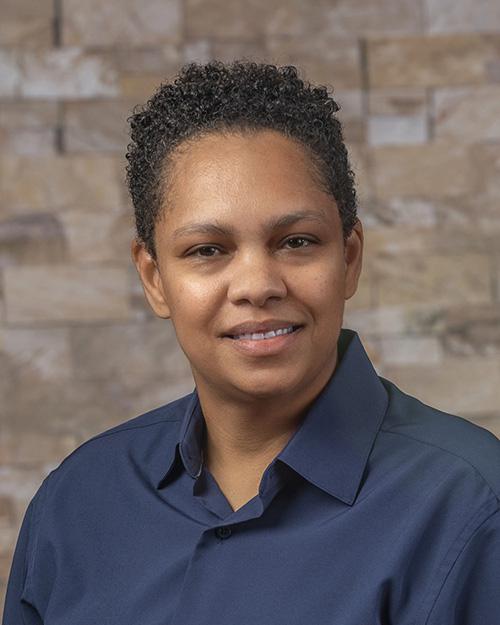Black Maternal Health Disparities - How Baystate Health is Working to Improve Equity
April 11, 2023
This article was reviewed by our Baystate Health team to ensure medical accuracy.
 Tonja M. Santos, CNM
View Profile
Tonja M. Santos, CNM
View Profile

Health & Wellness Tips
Related Articles
-
Wellness & Prevention
![Over-the-Counter Birth Control Pills-What You Need to Know]()
Over-the-Counter Birth Control Pills: What You Need to Know
-
Wellness & Prevention
![What Are Fibroids_ Treatments and Options for This Common Issue]()
What Are Fibroids? Treatments and Options for This Common Issue
-
Wellness & Prevention
![a woman in a plain white tshirt conducting a breast self exam in a mirror]()
Signs of Breast Cancer (That Aren't Lumps): Skin & Nipple Changes
-
Coping with Illness
![a woman consulting with her doctor on breast cancer surgery options]()
Lumpectomy vs. Mastectomy: How to Choose a Breast Cancer Surgery
-
Your Healthcare
![Reasons for Callback After Mammogram]()
Don't Panic! Most Common Reasons for Callback After Mammogram
-
Coping with Illness
![Questions to Ask Breast Cancer Doctor]()
Advice from Breast Cancer Doctors: Questions to Ask After Diagnosis
-
Wellness & Prevention
![What are Different Types of Breast Cancer_ Plus Treatment Options]()
What are Different Types of Breast Cancer? Plus Treatment Options
-
Wellness & Prevention
![A woman on a yoga mat performing a bridge pose]()
What are Kegels? Learn How Kegel Exercises Help with Incontinence
-
Wellness & Prevention
![Stress Incontinence-What You Need to Know About a Leaky Bladder]()
Stress Incontinence: What You Need to Know About a Leaky Bladder
-
Coping with Illness
![Mini stroke major warning]()
Why a mini stroke can be a major warning sign
Back to Top













